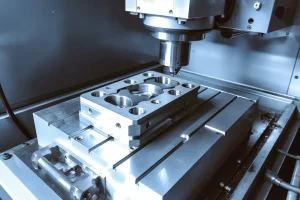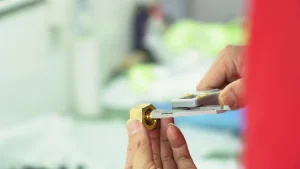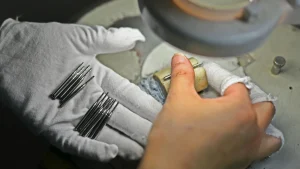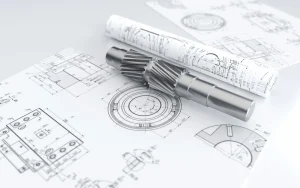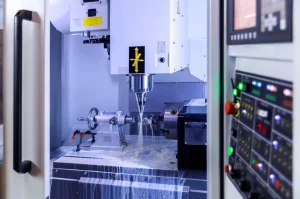There are many factors that affect the efficiency of CNC turning and milling, including equipment performance, cutting tools, process parameters, workpiece materials, etc. The following is a specific analysis:
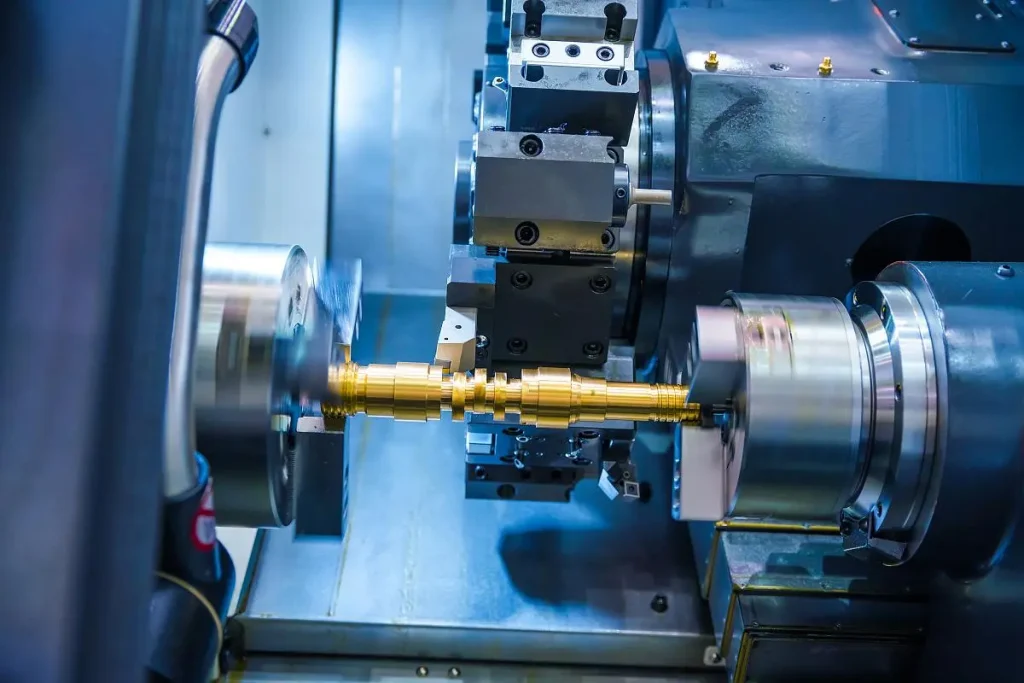
Equipment performance
Machine tool accuracy: High-precision machine tools can ensure the accuracy and stability of processing, reduce processing errors and scrap rates caused by precision problems, and thus improve processing efficiency. For example, machine tools with high positioning accuracy can reduce the error of the tool during positioning and improve the consistency of processing.
Spindle speed and power: Spindle speed and power directly affect the cutting speed and cutting force. High-speed and high-power spindles can achieve higher cutting speeds, thereby shortening the time of a single cutting stroke and improving processing efficiency. For instance, when processing materials with higher hardness, a high-power spindle is required to provide sufficient torque to ensure smooth cutting.
Feed speed: Fast feed speed can reduce the tool movement time on the workpiece and improve processing efficiency while ensuring processing quality. However, too high a feed speed may affect processing accuracy and surface quality, and needs to be adjusted according to specific circumstances.
Tool change speed: Turning and milling composite processing usually requires the use of multiple tools. A fast tool change system can reduce tool change time and improve processing efficiency. Advanced automatic tool changers can complete tool replacement and positioning in a short time, making the processing process more continuous.
Tool aspect
Tool material: Different tool materials have different hardness, wear resistance, and heat resistance. Choosing the right tool material can improve the tool life and cutting performance, reduce the number of tool changes, and thus improve processing efficiency. For example, when processing high-hardness materials, using carbide tools or ceramic tools can achieve better cutting results.
Tool geometry parameters: Tool geometry parameters such as tool angle, cutting edge radius, etc. will affect cutting force, cutting temperature, and chip morphology. Reasonable tool geometry parameters can reduce cutting force, improve cutting efficiency, and improve machining surface quality. For example, in turning, a suitable tool rake angle and back angle can reduce friction between the tool and the workpiece and improve cutting efficiency.
Tool wear: The tool will gradually wear during use. When the tool wears to a certain extent, it will affect machining accuracy and surface quality. At the same time, the cutting force will increase, resulting in a decrease in cutting efficiency. Therefore, timely replacement of worn tools or tool sharpening is an important measure to ensure machining efficiency.
Process parameters
Cutting parameters: Cutting speed, feed rate, and cutting depth are key process parameters that affect machining efficiency. Reasonable selection of cutting parameters can maximize machining efficiency while ensuring machining quality. Generally speaking, increasing cutting speed and feed rate can improve machining efficiency, but it will also increase tool wear and machining costs.
Processing path planning: Optimizing the machining path can reduce the tool’s idle travel time and cutting time, and improve machining efficiency. For example, when milling complex contours, using appropriate tool paths, such as circular cutting and line cutting, can reduce the number of tool cuts in and out and improve machining efficiency.
Workpiece material
Hardness and strength: The higher the hardness and strength of the workpiece material, the greater the cutting force, the greater the cutting difficulty, and the machining efficiency will be reduced accordingly. For example, when machining alloy steel or quenched steel with higher hardness, a lower cutting speed and feed rate are required to ensure the tool life and machining quality.
Toughness: Materials with good toughness are prone to built-up edge and burrs during cutting, which affects the machining surface quality and tool life, and thus affects machining efficiency. When machining tough materials, it is necessary to select appropriate tools and cutting parameters to reduce the generation of built-up edge and burrs.
Material machinability: Material machinability is a comprehensive indicator, including factors such as material hardness, toughness, and thermal conductivity. Materials with good machinability, such as aluminum alloys and copper alloys, have relatively high machining efficiency; while materials with poor machinability, such as high-temperature alloys and titanium alloys, have high machining difficulty and low machining efficiency.
Programming and Operator Aspects
Programming Level: The experience and skill level of programmers directly affect the quality of machining programs. Efficient and reasonable machining programs can fully utilize the performance of the equipment and reduce machining time. For example, by rationally using programming techniques such as tool compensation and macro programs, programming efficiency and machining accuracy can be improved.
Operation Skills: The operator’s familiarity with the equipment and operating skills will also affect machining efficiency. Skilled operators can quickly and accurately operate and debug the equipment, promptly handle problems that arise during the machining process, and ensure the smooth progress of the machining process.

